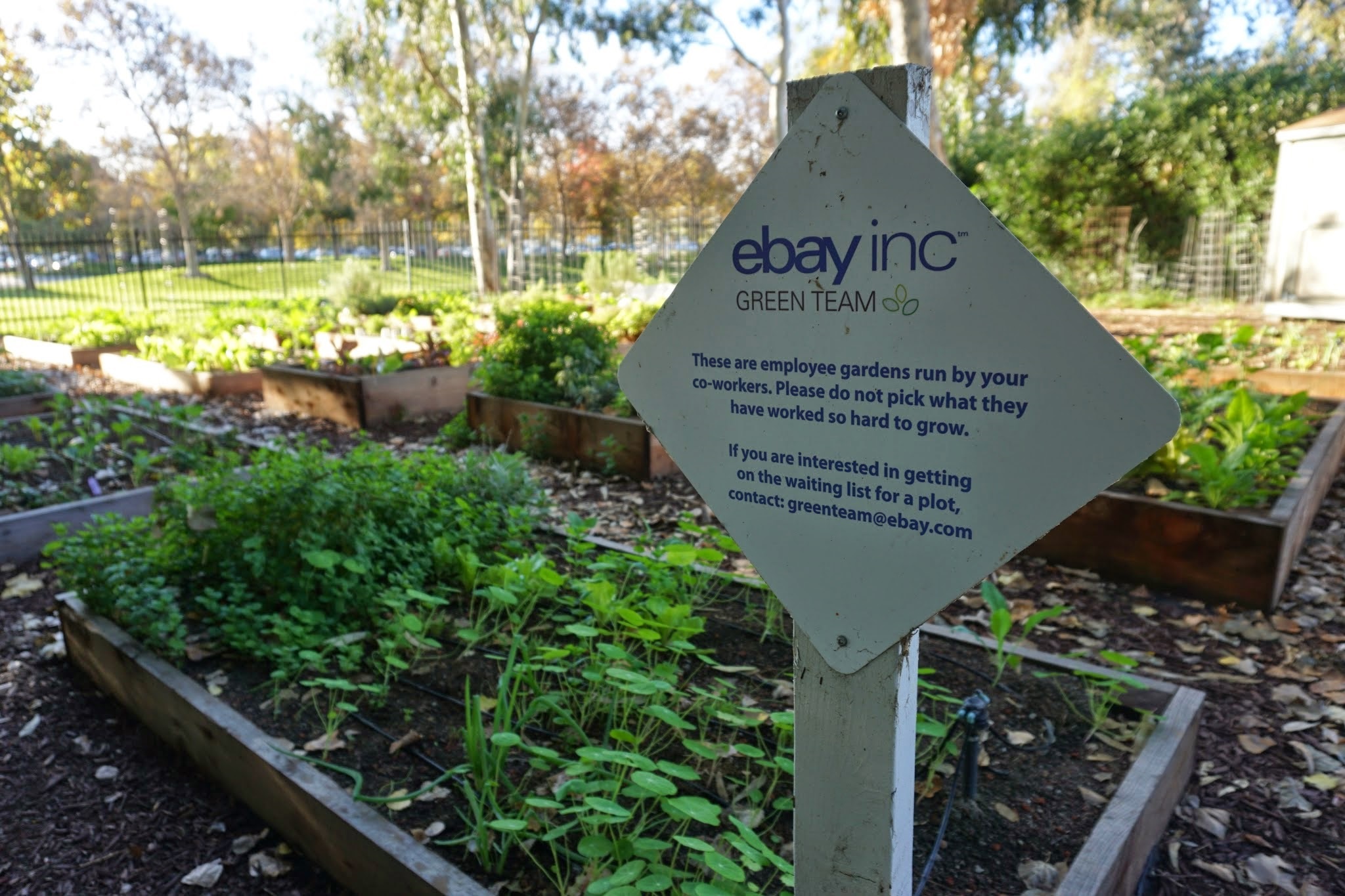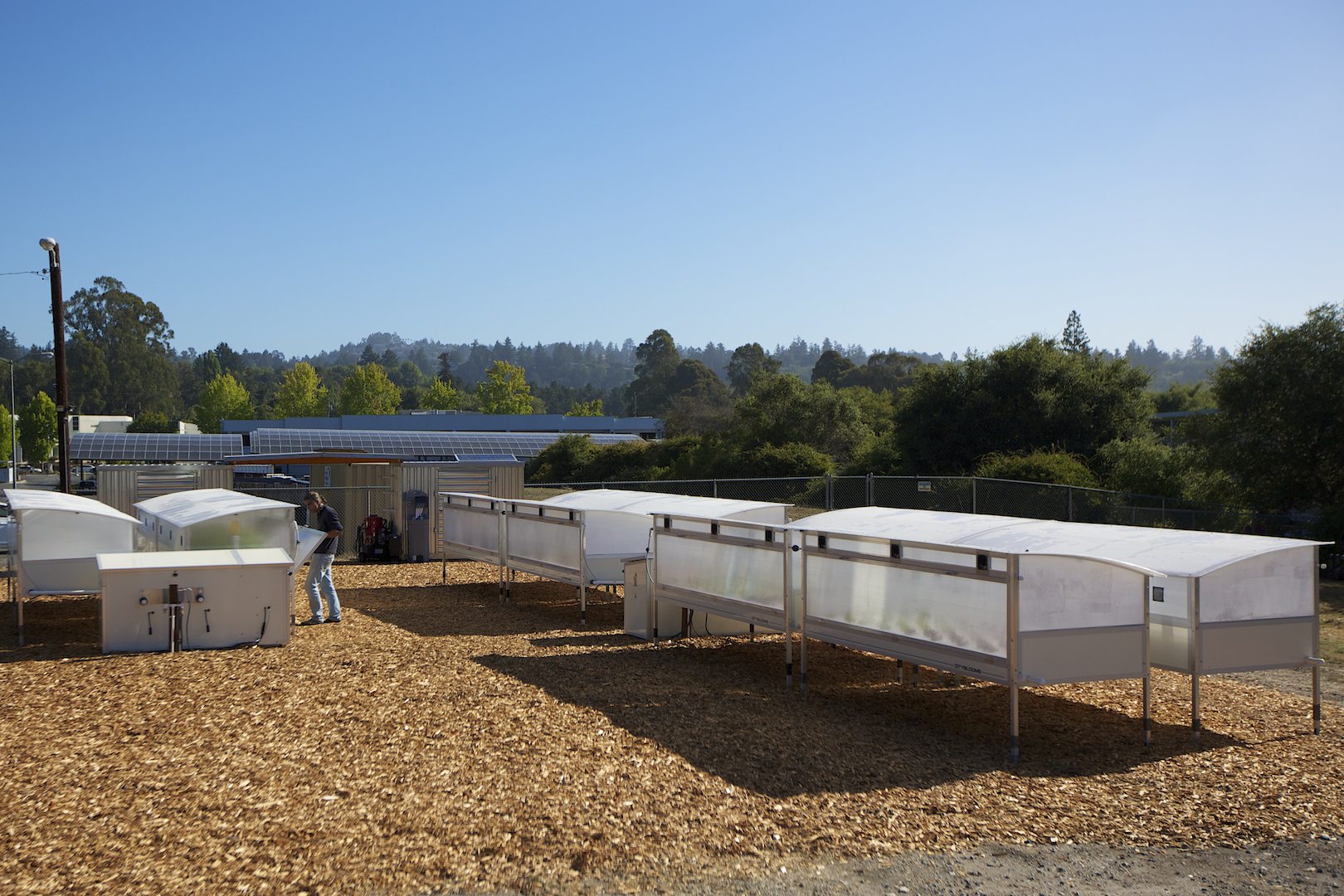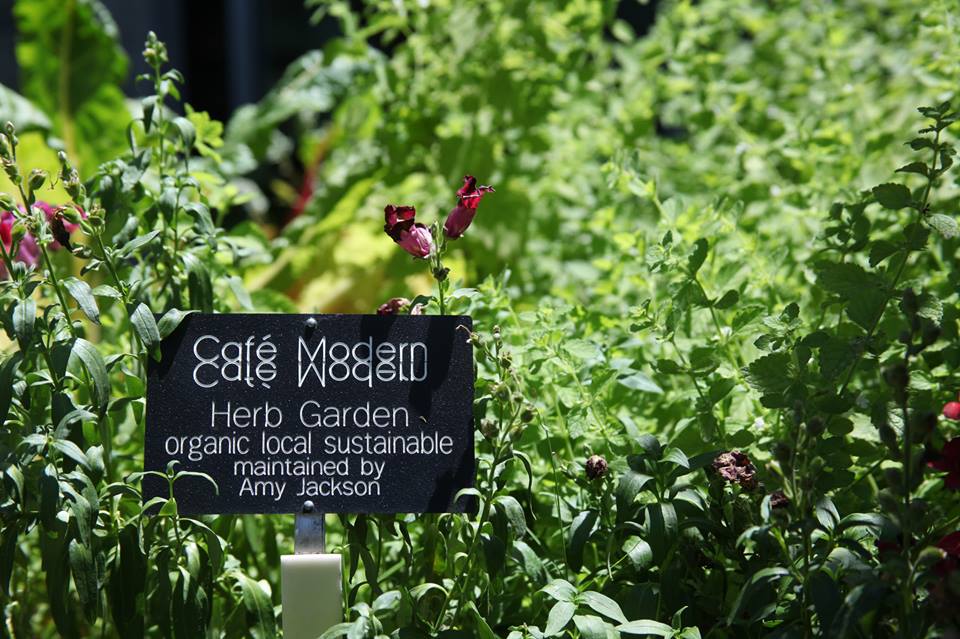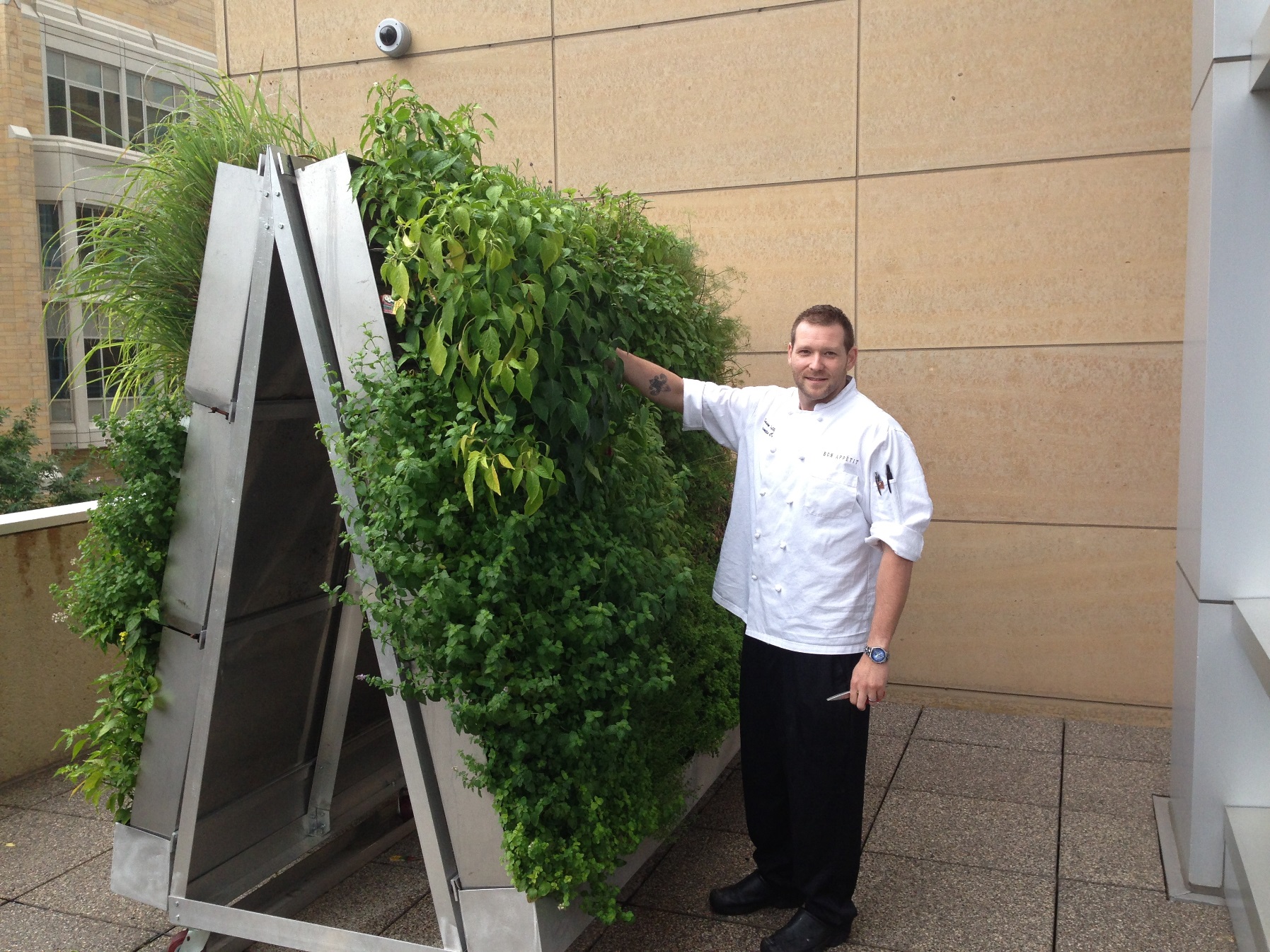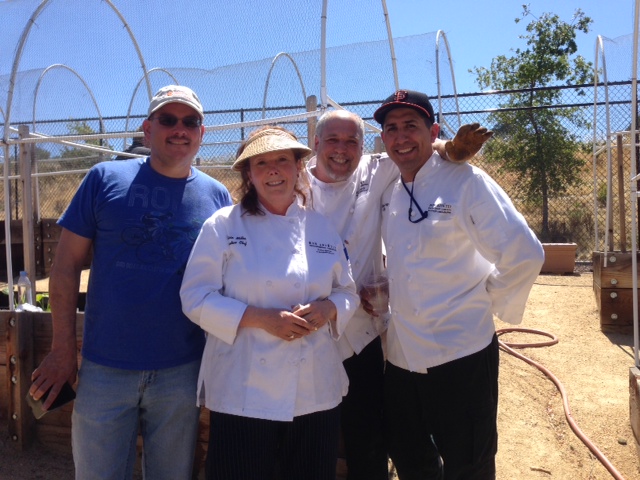eBay/PayPal Garden
At eBay’s corporate headquarters in San Jose, CA, Silicon Valley employees can take a break from their computer screens and get their hands dirty by working at the campus vegetable garden. The program started in 2013 as an initiative of the local eBay Green Team, a group of eBay employees committed to making their worldwide operations,…
